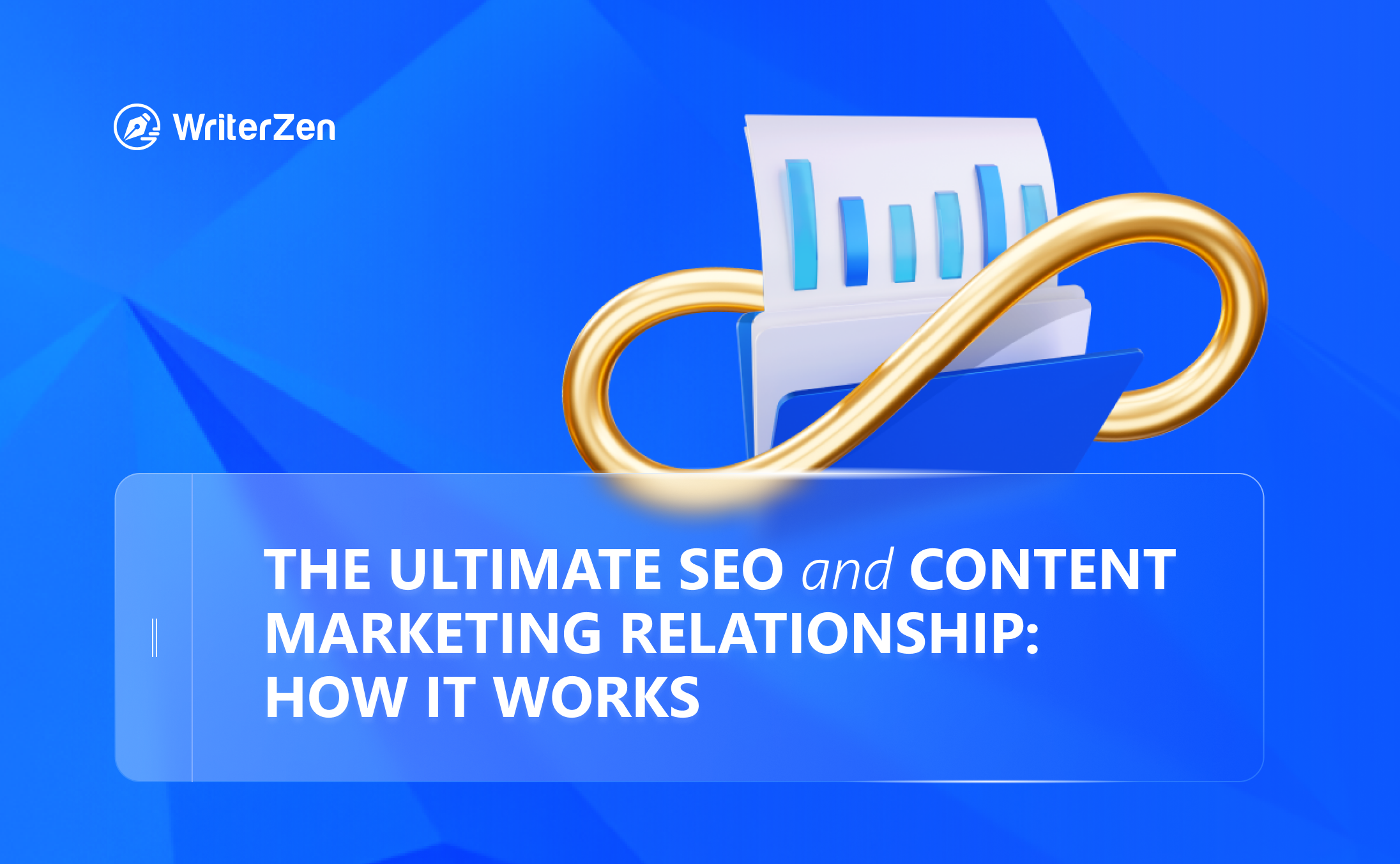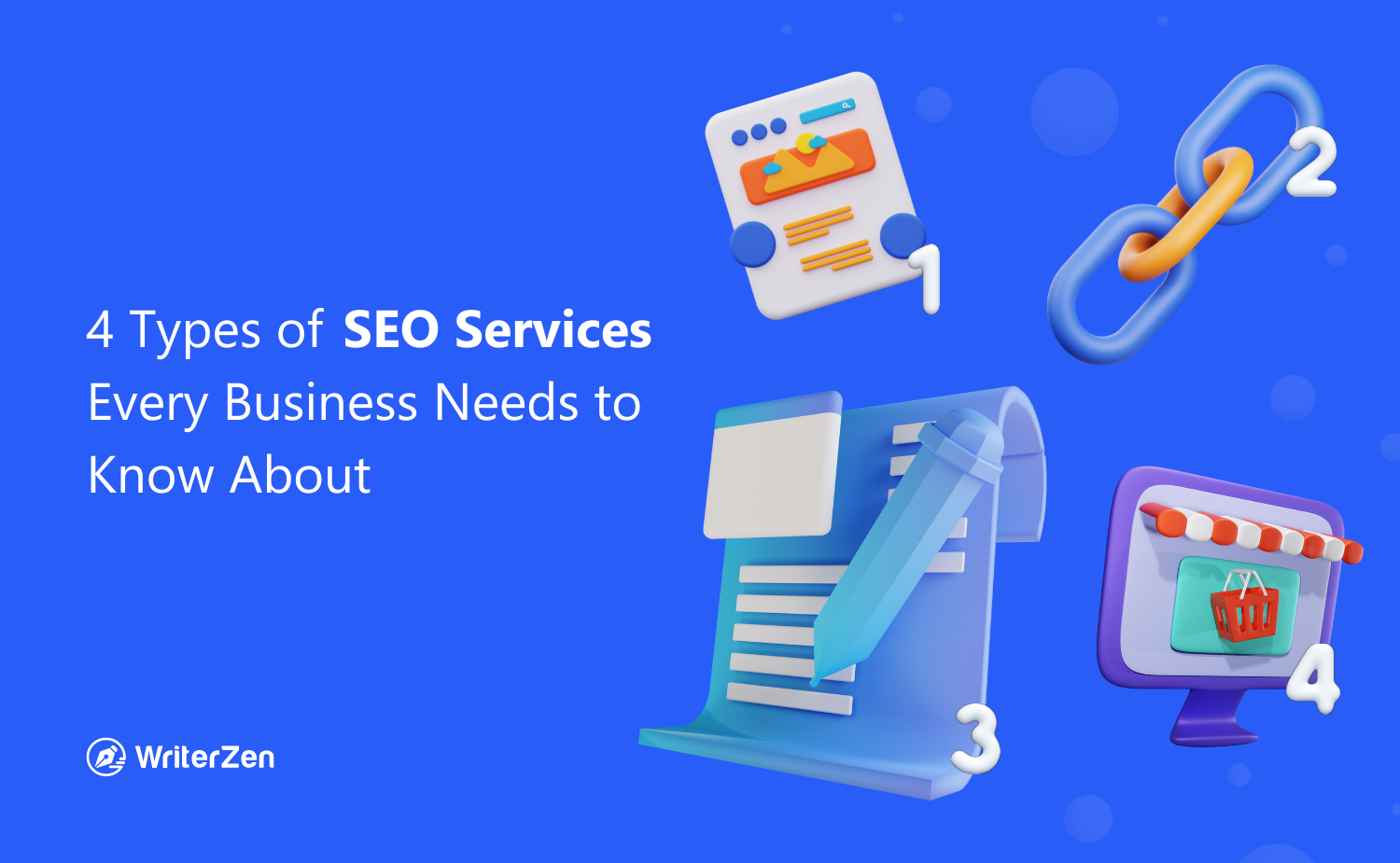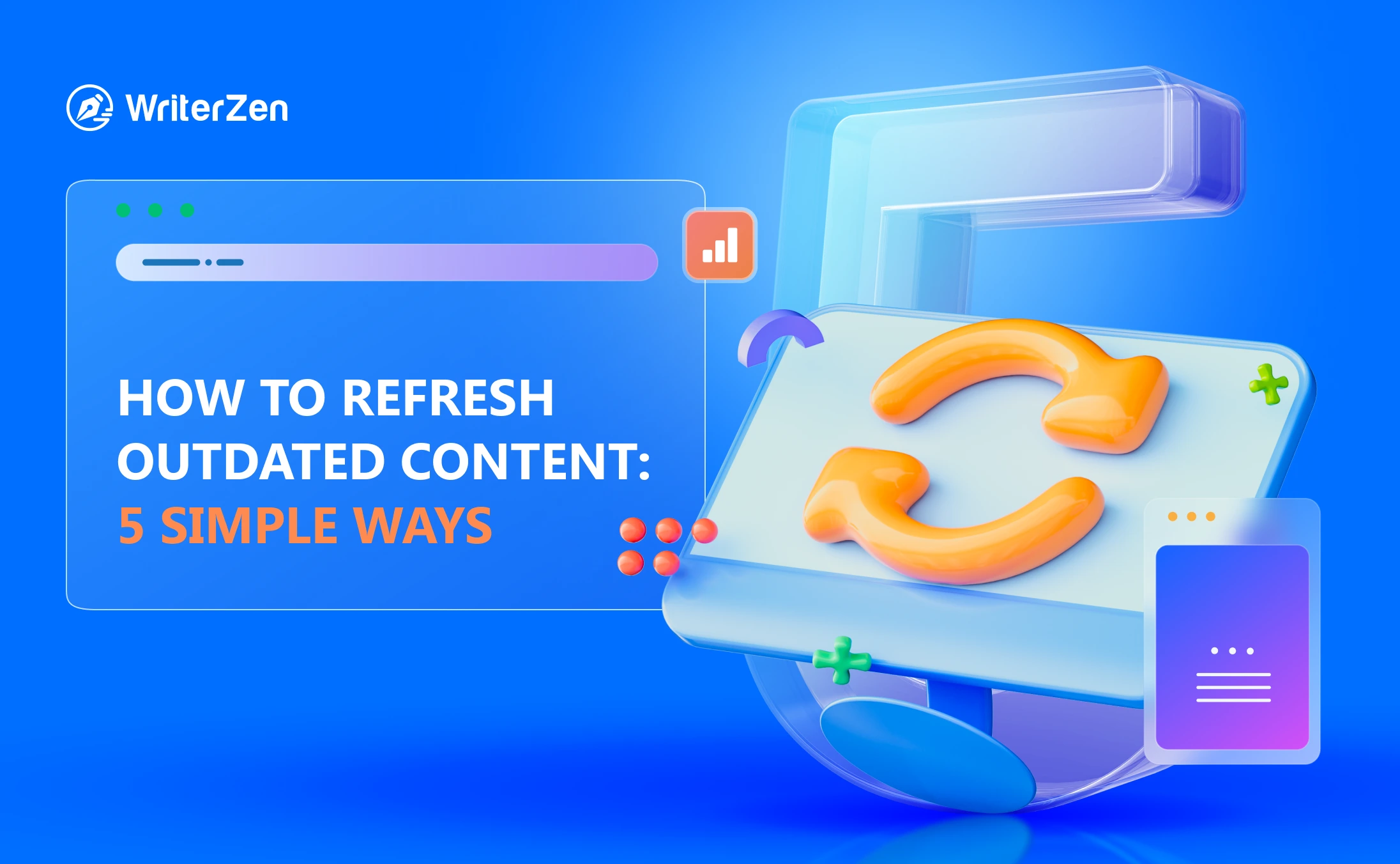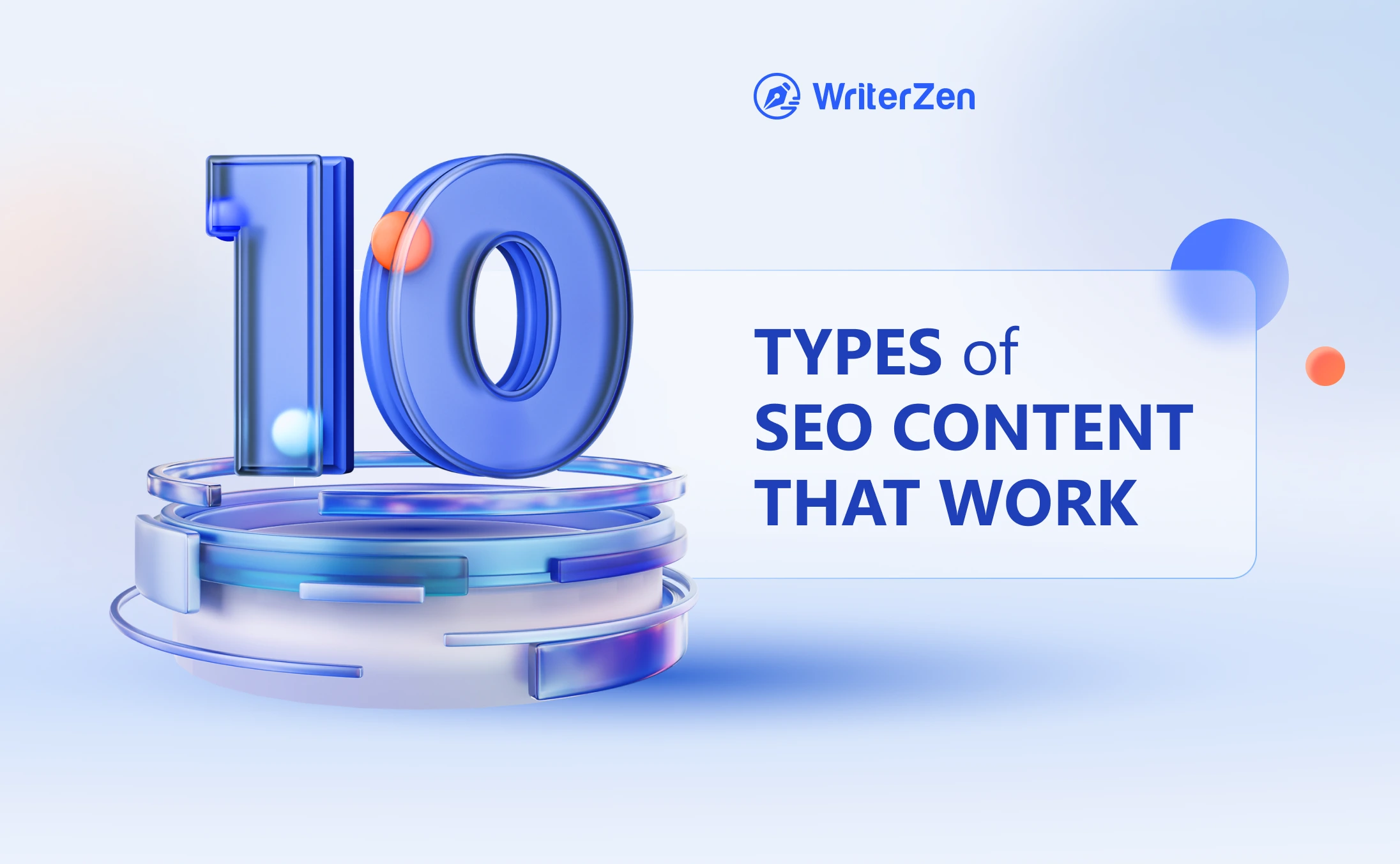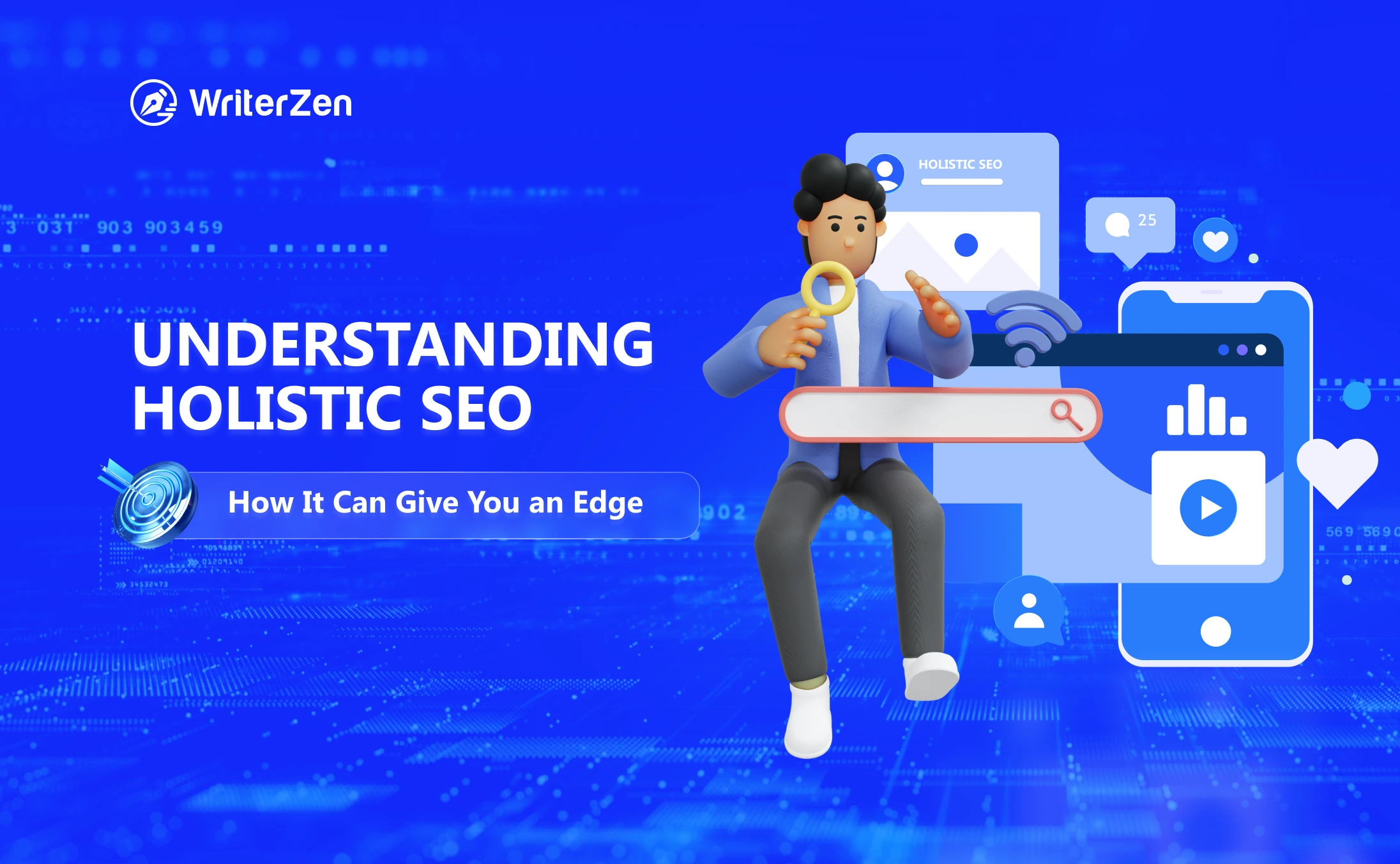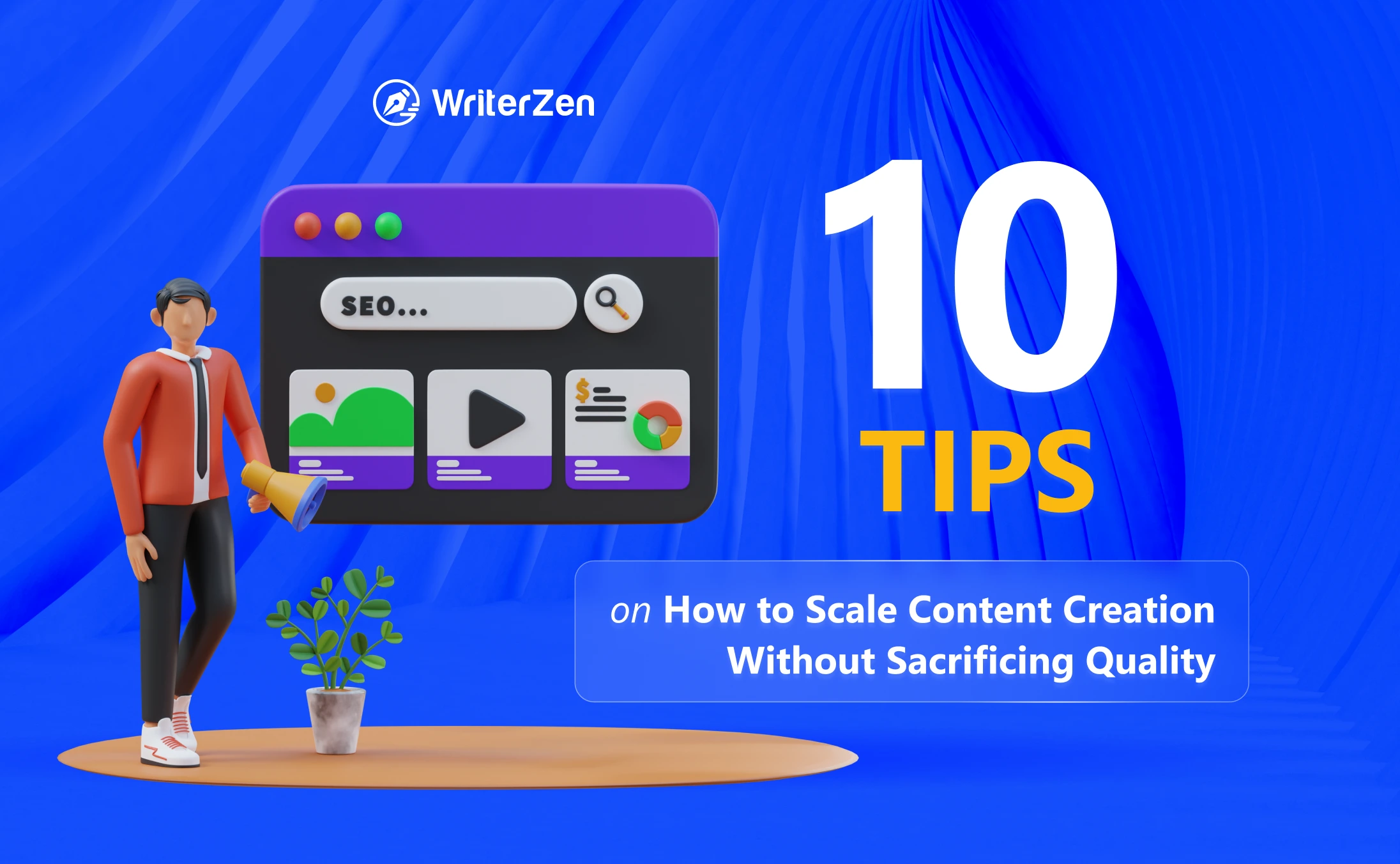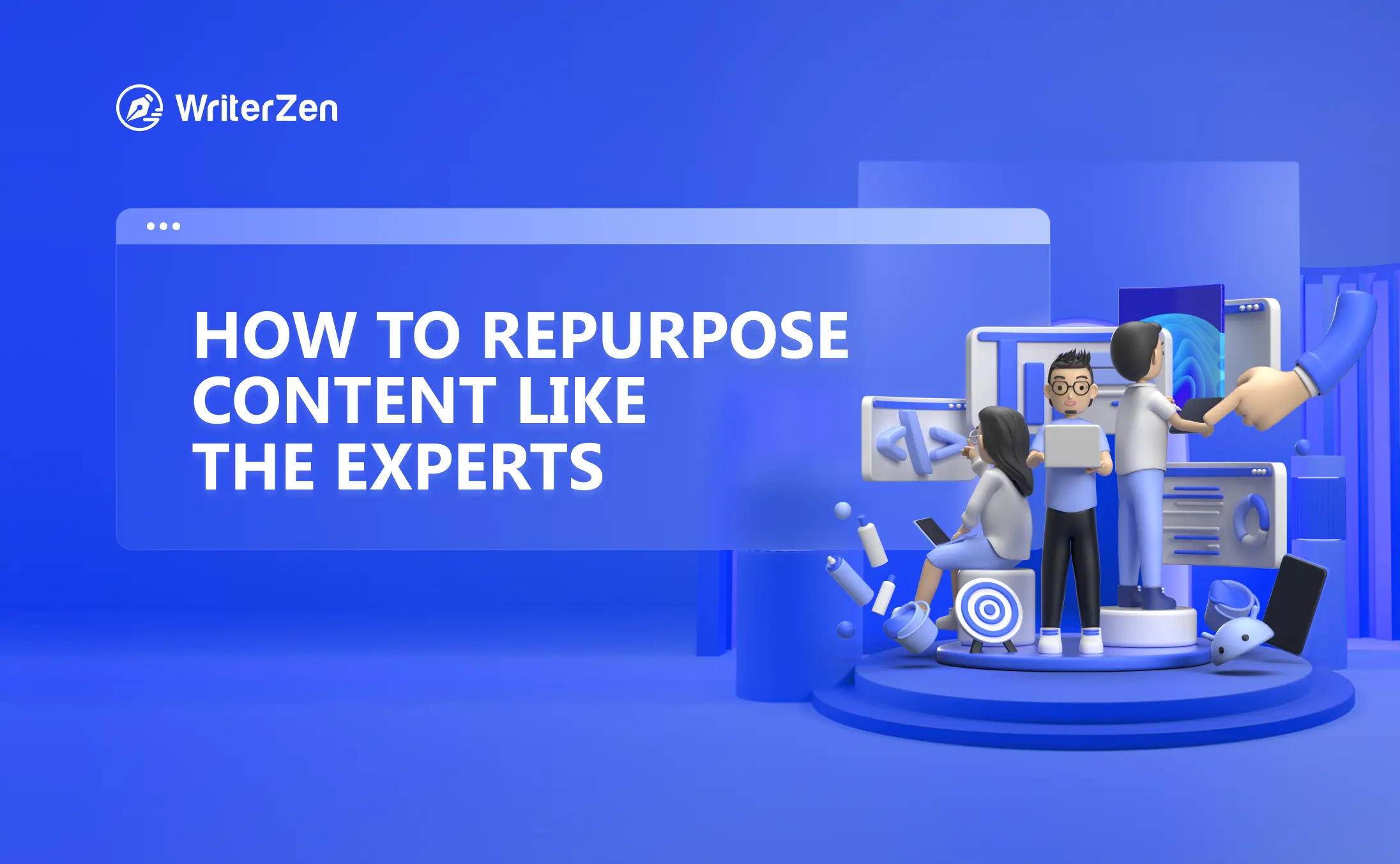Attracting an audience is one of the most fundamental steps, whether you are selling a product or service. The more people you can showcase your product to, the more leads you will gain and the more likely you will be to close deals.
To get prospects for your business, you will have to offer content they’d want to consume. Then comes the need for an effective distribution strategy. To gather an audience, you need to woo the search engine first.
In this article, we will explore the relationship between SEO and content marketing and show you how to perfectly combine the two for your desired results.
What is Content Marketing?
Content marketing is a strategic approach where you create and distribute content that users find valuable and relevant. An effective content marketing strategy continually creates great materials that provide values and drives customers to purchase your product or service.
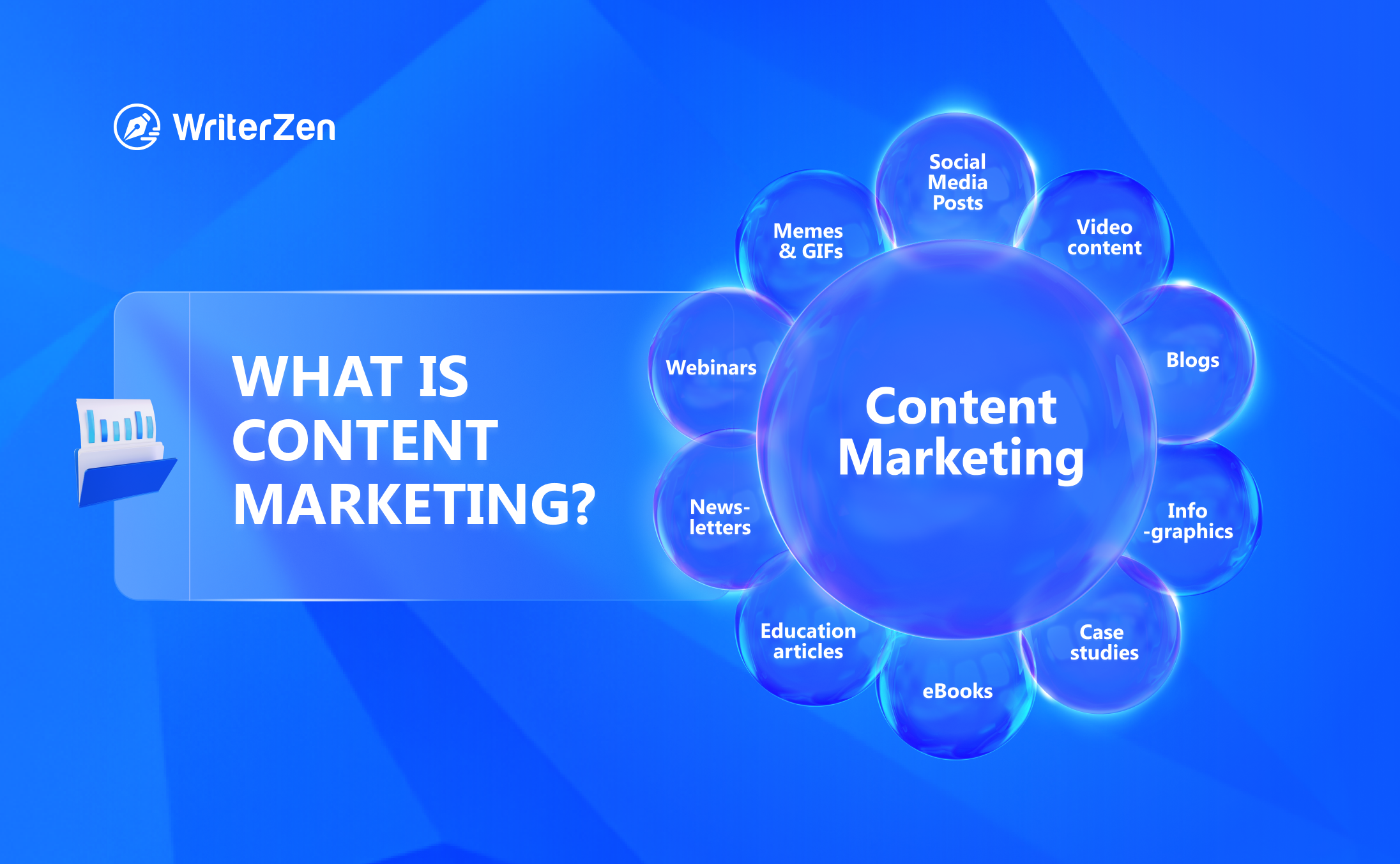
Unlike traditional direct marketing, content marketing has a rather subtle approach; it resolves search queries or problems potential prospects might have. All leading brands use content marketing as part of their digital marketing strategy.
Consider the example of a brand that manufactures woodworking tools and adhesives. To generate interest or gather an audience, the company would publish content such as how-to videos and blogs on woodworking techniques or answer queries regarding different aspects of the tools.
When buyers go looking for information on how to build a simple stool, the company’s guide would be a reliable source if it appears on top. Even if they cannot subtly place their offerings in the material, the audience will still become aware of the brand.
What Is SEO?
Search Engine Optimization (SEO) is a critical aspect of digital marketing for brands that rely on website traffic. The process involves optimizing website content so that it gets indexed by search engines such as Google and ranks high on the search engine results page (SERP).
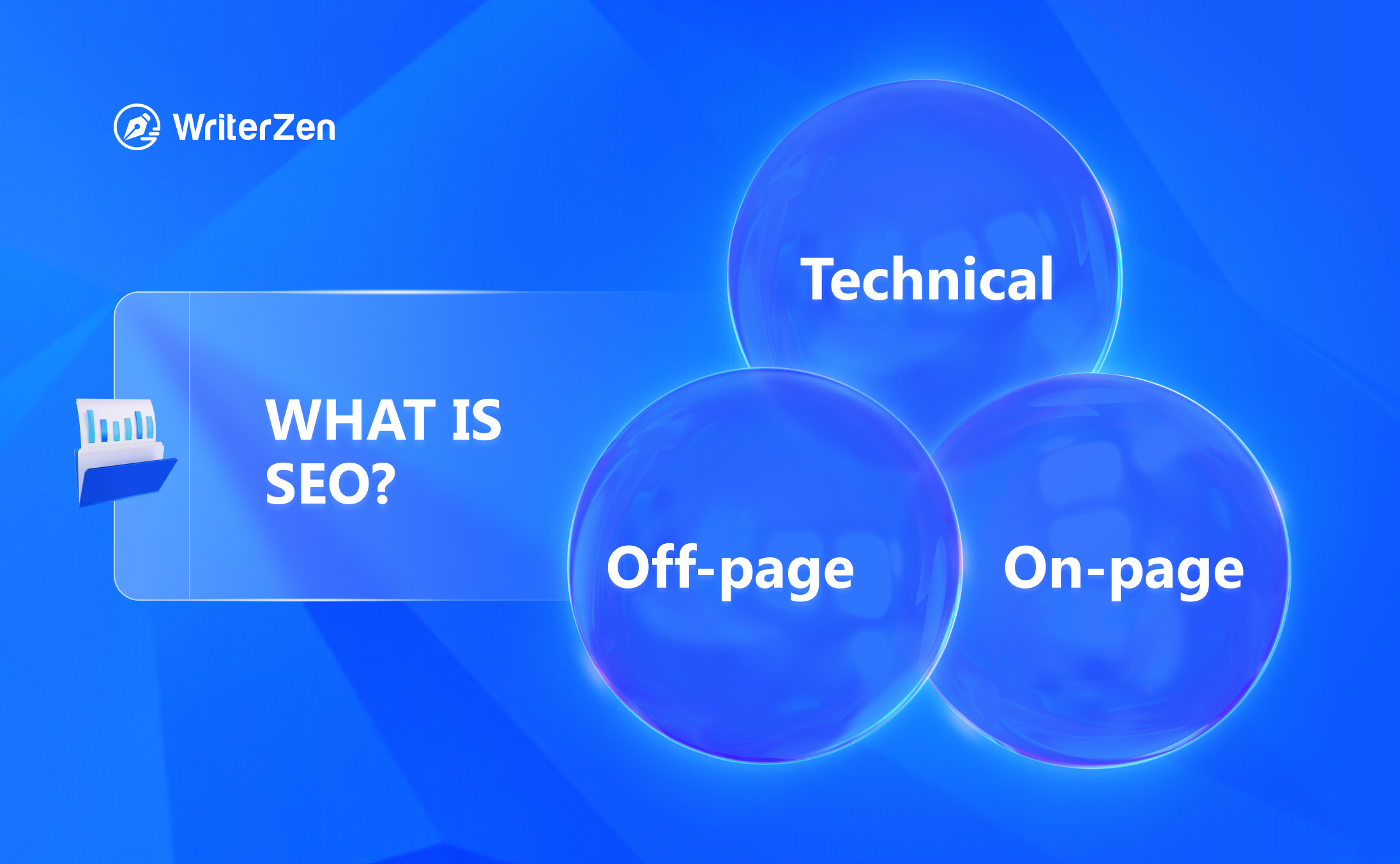
Whenever a user opens Google to search for a product, search engines need to understand the nature of the query. Maybe the user is looking for a brand of affordable shoes, or perhaps they’re looking for fashion advice on buying shoes. And the results that come first are more likely to capture clicks.
Through several updates, search engines can now assess whether a piece of content is relevant and high-quality to determine where to display it on the SERP. So the ultimate goal of SEO is to educate search engines about what your site is and connect you with the people you target.
The Relationship Between SEO and Content Marketing
Now that you’ve known the purpose of content marketing and SEO, the relationship between the two might already seem obvious. If not, let’s look into a fundamental question - what does a search engine want from your content?
The search engine’s primary function is to answer the millions of users who are looking for things. Every time a user or a potential customer of your business types in a query, the search engine pulls up pages that are most likely to answer their questions and, in the process, engage and delight them.
Google can’t read your expertly crafted blog article on the topic. Still, it can recognize markers such as relevant keywords, internal linking, high-quality backlinks, meta titles and descriptions, page formatting, and image alt text. These are parts of optimization strategies that tell the search engine what your website or webpage is about.
This means to rank high in the SERPs and be found by your audience, your content should be crafted with SEO factors in mind from the start.
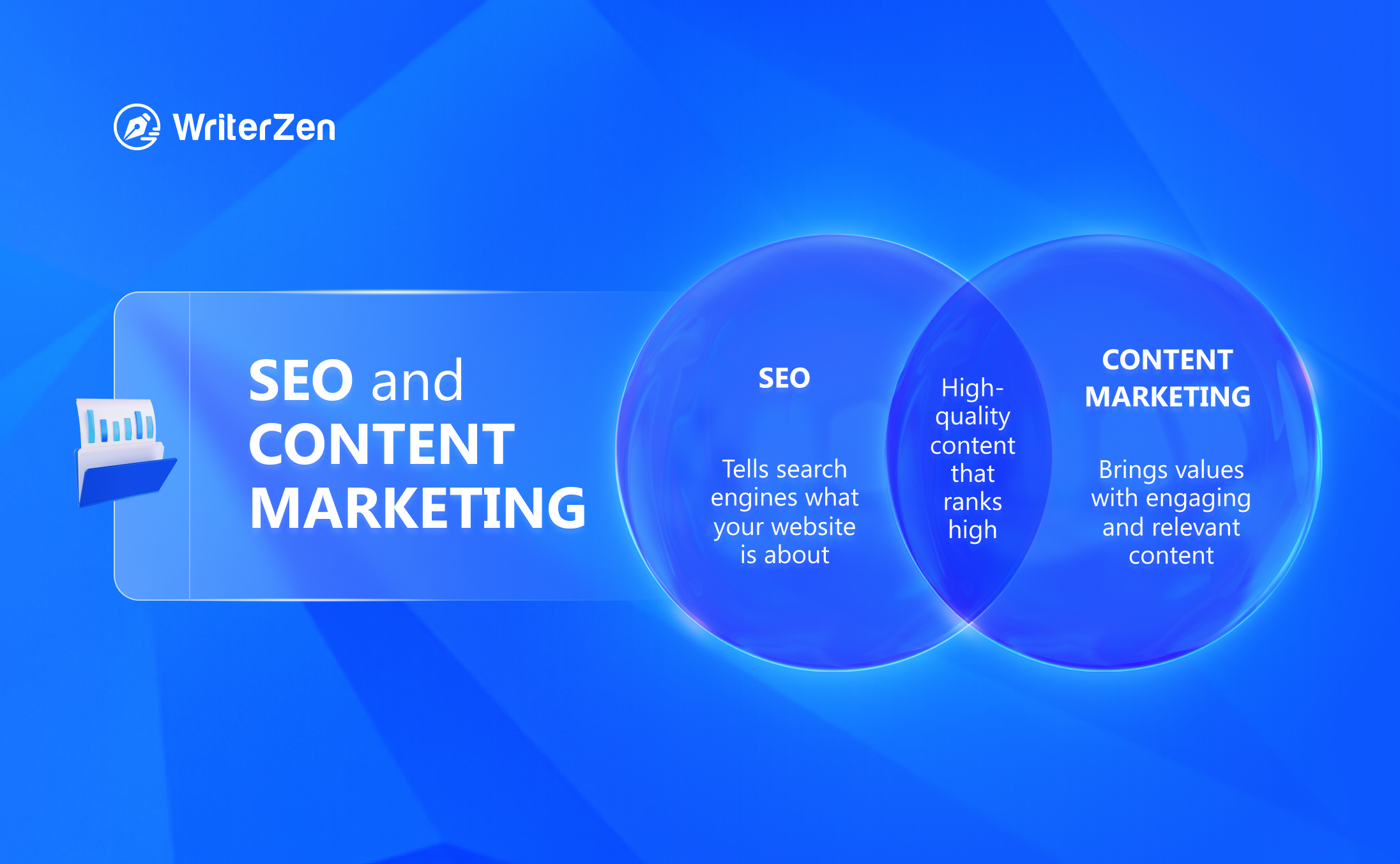
How to Integrate Content Marketing and SEO?
Now that you have gained a clear concept of the relationship between SEO and content marketing, we'll go through some of the best practices to create informational content that is optimized for search engines.
Build a User Persona
Before you plan what to write, you must know your target audience.
Build the content around the people most likely to become your long-term customer. Then, plan your content for the different stages that a customer would go through.
For example, the content for onboarding a customer would differ from content designed for the buying stage. The structure, delivery, and even the unique selling points of your products can have a compounding effect when placed at the right moment.
Invest in Keyword Research Methods
Keywords are the search terms people frequently enter in search, and knowing them can seriously improve your game. And keyword research techniques, a.k.a how to find those search terms, are one of the essential aspects of SEO.
Start with a free tool such as Google Keyword Planner for basic research before moving to an advanced paid tool.
Your content should incorporate high-ranking targeted keywords to optimize all pages. Avoid keyword stuffing and stick to the best practices of using these terms.
Getting your keyword placement right can go a long way in helping search engines index your pages properly.
Maintain Consistent Content Schedule
Keywords seldom remain the same as the user queries vary with time and trends. Therefore updating keywords and content is critical to stay on top of the SERPs.
Pay attention to what your audience and potential customer is responding to or demanding, and maintain a consistent content delivery. As said in the search engine business - keeping it ‘fresh’ and ‘valuable’ is at the heart of keeping your audience happy and the search engine impressed.
Prioritizing Quality Over Quantity
Publishing frequently is an effective way to signal the search engine that your website is bustling with activity, as said above. However, the quality of what you post matters more than the quantity.
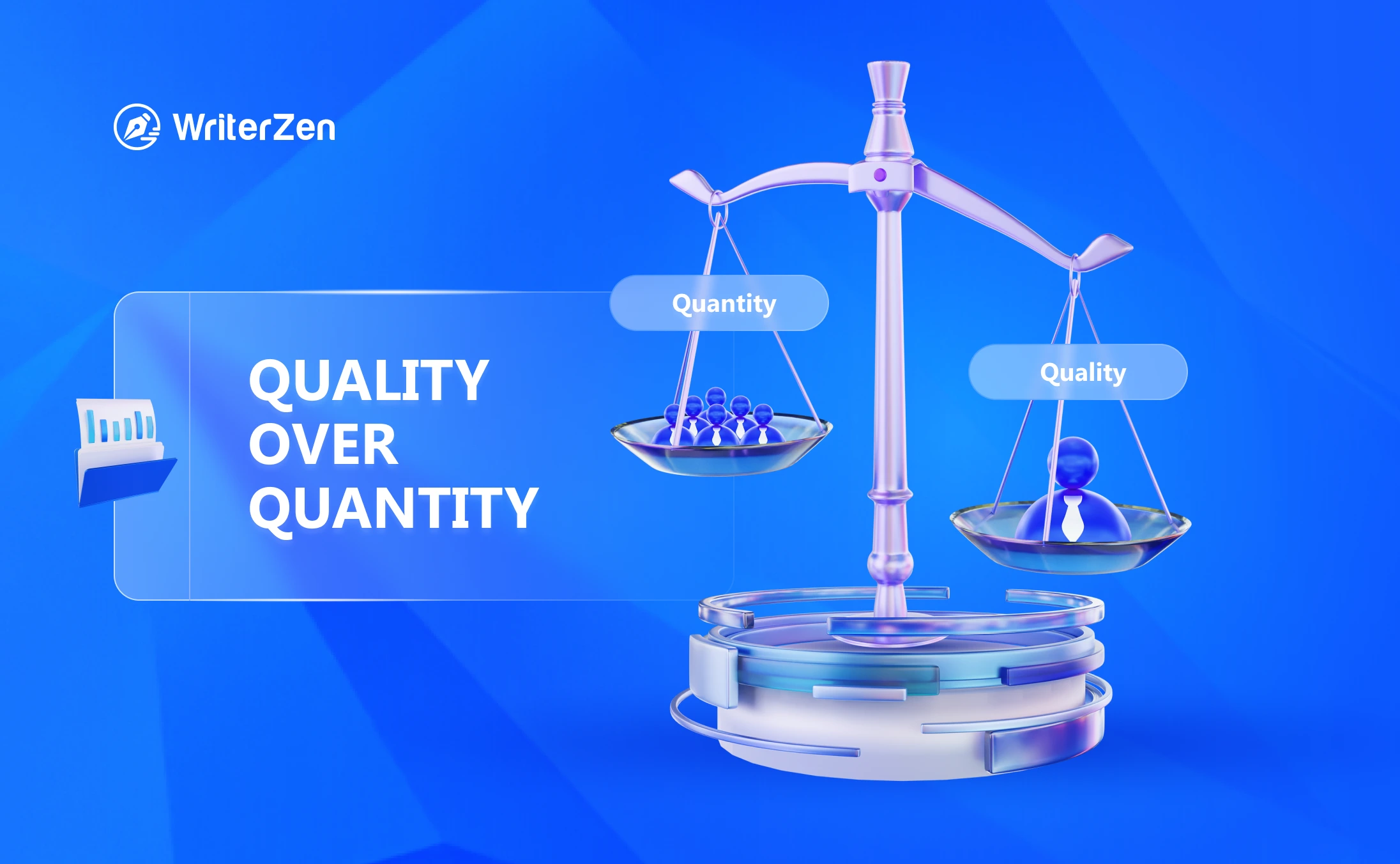
Posting quality content frequently is sure to keep a steady traffic flow, while poor content is likely not to create an impact. So don’t try too hard to keep a regular posting schedule and overlook the content itself.
Develop Content that Is SEO-Friendly
Plan your content structure around SEO strategies.
If you have a blog post, structure the content into hierarchies with headers such as H1, H2, H3, etc.
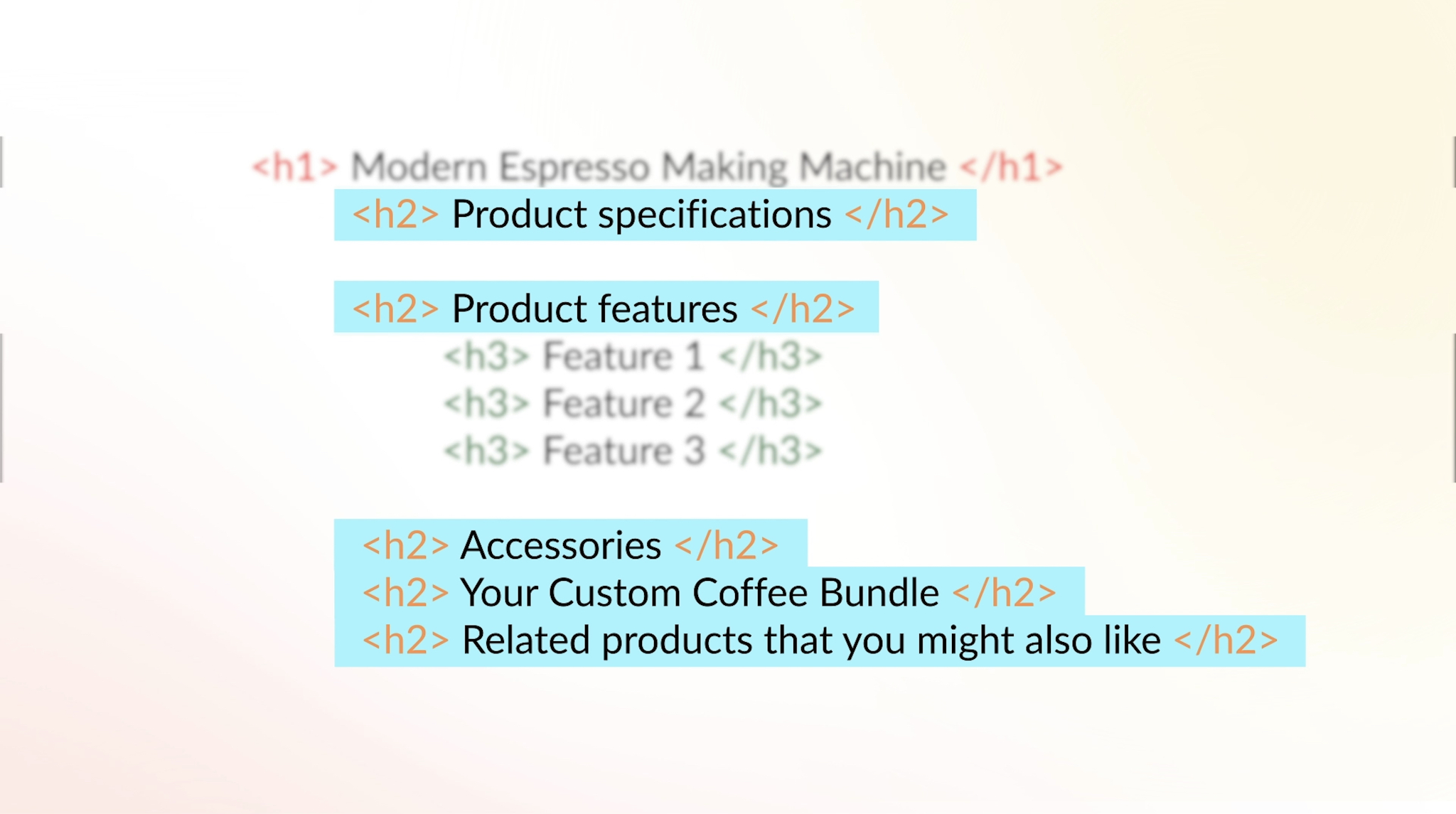
When writing about a vast topic, split it up into different pages with informative content on each page. Then optimize each page with the right keywords, headlines, and meta descriptions.
This way, the search engine can recognize your content's depth and quality and extract the context.
Build External and Internal Links
To the search engine, backlinks from credible websites indicate that your content is of higher quality. Frequently publishing informative or valuable content will also build your reputation as an expert in the domain.
If you find that your competitors are linking to good sites, you can approach the same sites and request them to link your content.
Additionally, internal links are a great way to pull together pieces of related content within your site. Good internal linking provides a structure for the search engine and keeps the audience for a longer time on your site.
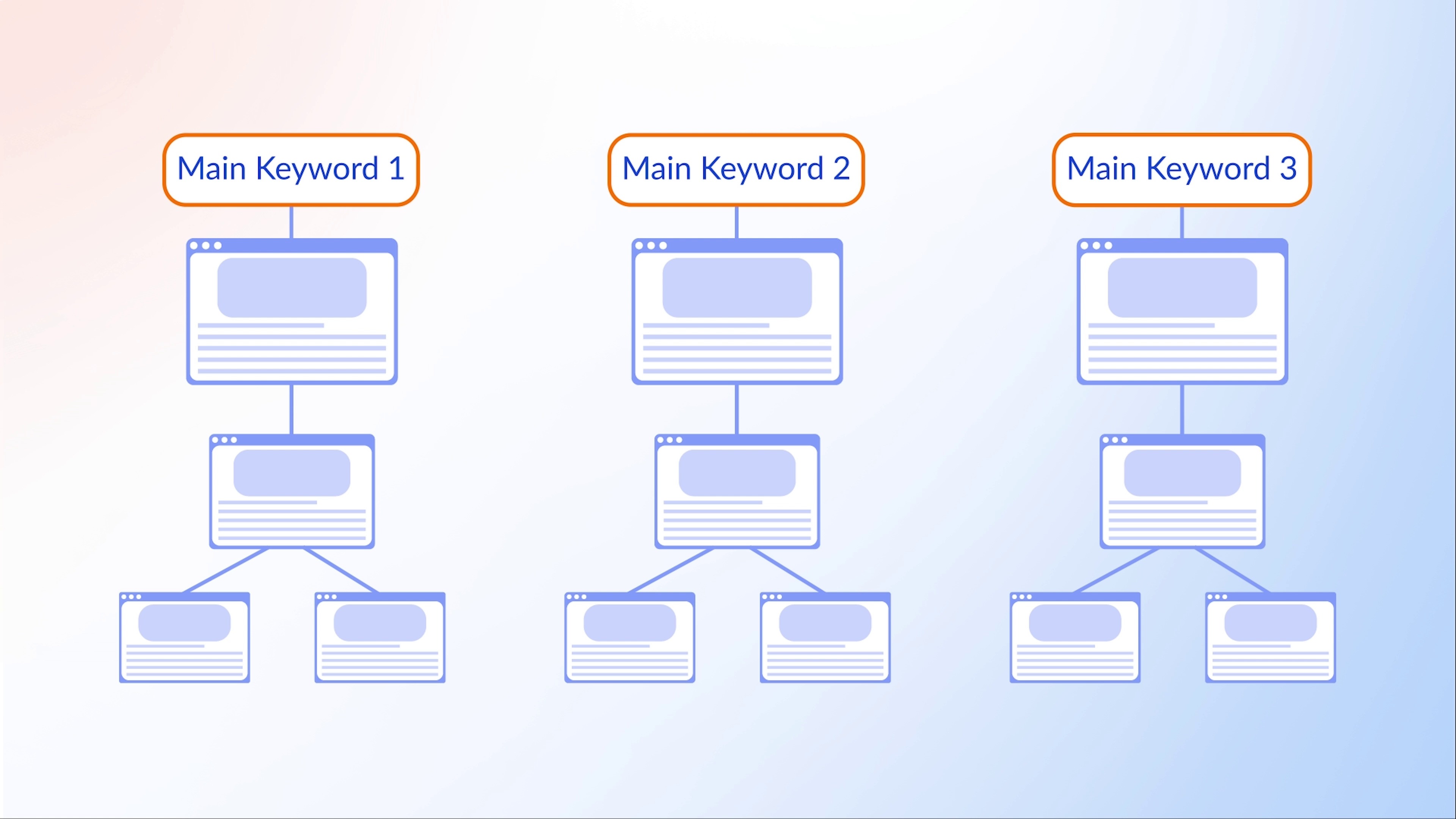
Include Optimized Catchy Headlines
The headline, or meta title, is the face of your article. It has the power to attract or bounce your audience.
A compelling title eliciting a strong click reaction is ideal for users. Optimizing it with keywords is also essential to let the search engine know what your page is about.
Don’t forget about the meta description as well. It is a snippet that summarizes your page for the users so they know what to expect. If the title tag isn’t enough to capture demand, this will be your second chance to elaborate on what your article is about.
Perform SERP Analysis and Test Your Page
Targeting the popular keywords is only part of the story; they have to be relevant as well. If your content doesn’t match user intent, the search engine won’t consider it a top-lister.
A simple way to test this is to Google your keywords and see what comes up on the search pages. Google ranks the pages it thinks are the most relevant to the keyword at the top.
There are several aspects to consider, such as the type of content, search intent, the stage of the buyer’s funnel, etc. Analyze your keywords in that context and improve your content based on what is considered high-quality.
Perform a Content Audit
If you have been publishing for a while now, you will indeed have plenty of old content that needs updating. Your product will evolve, and so will its characteristics.
Adding keywords and refreshing the content signals to Google that your site isn’t stagnant. Also, do add backlinks or new internal linking.
Posting new content is always time-consuming. Meanwhile, updating old ones gives you plenty of SEO benefits with lesser work.
Create Content for the Audience, Not Just Search Engines
It’s easy to get caught up in SEO's technicality and forget the content's real target - your audience. The characteristics of high-quality content are originality, freshness, and the depth of information available.
Users won’t stay long on a page with poor quality or shabbily structured content so dense they would instead look away. A well-structured post with featured snippets that gives snap answers to their questions without taking them on a ride is highly favored by all.
Any original content with information not found elsewhere will soon find its way to the top too.
Generate Social Media Content
Your content marketing helps with brand building when coupled with social media.
Social media can also help people find your content more easily. It gives you another way to share your content, which can be helpful if it's not doing well in the SERPs.
Sharable content can quickly find its way across the globe or even go ‘viral’ if you touch a topic at the right time. Social media-worthy content elicits a strong emotional response in your audience and the need to engage in conversation.
Develop and maintain connections with your readers. The more accessible you are, the more opportunities you will receive.
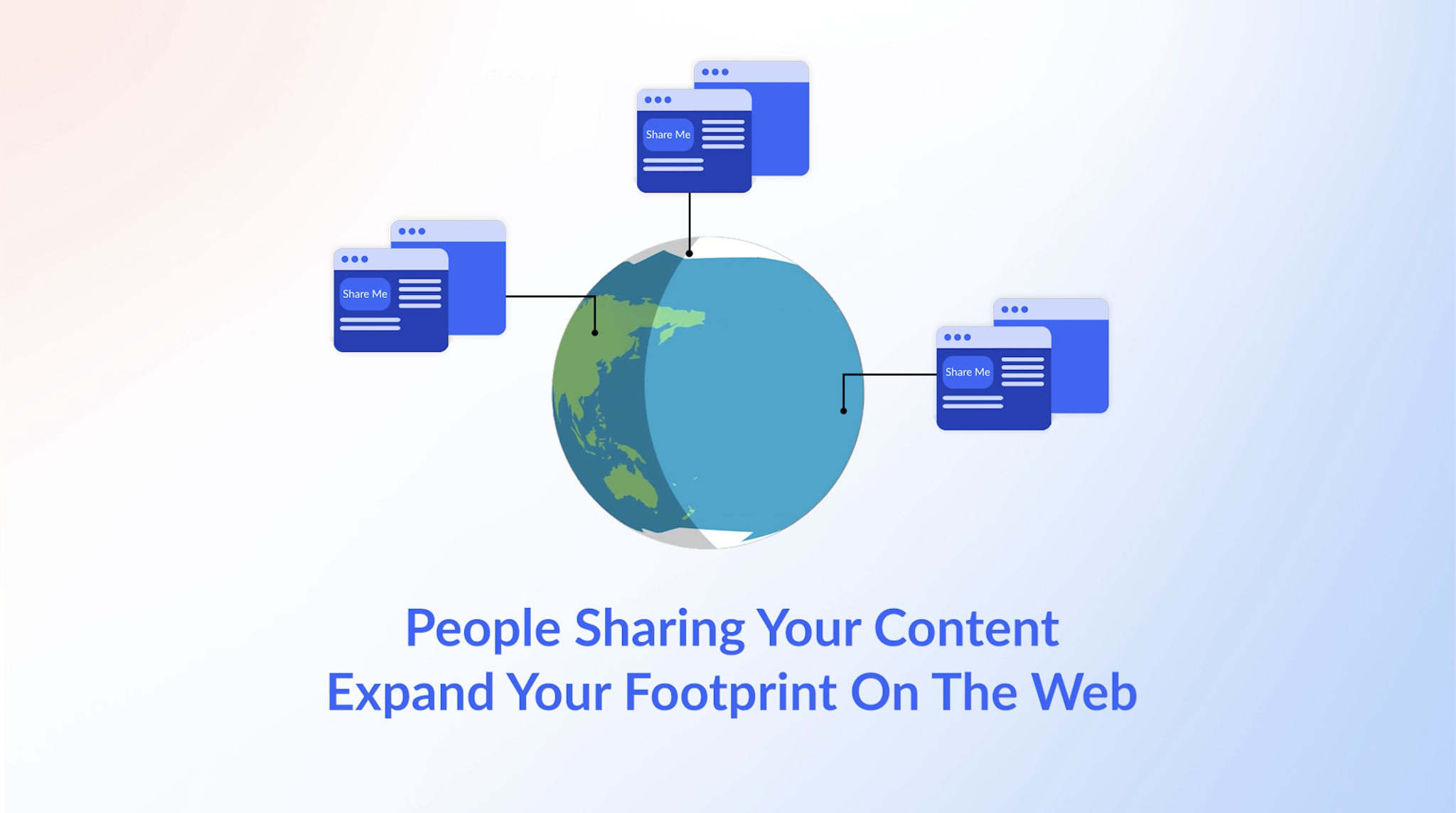
Keep Your Product Introduction Subtle
Subtlety is the key to positioning your product on the web pages.
Modern people don’t particularly like being persuaded into buying something, so shoving your products to those who are only looking for information might not create an impact; in some cases, it can even backfire.
Remember to subtly optimize your content to feature your product in the background, but not so much that it sticks out like a sore thumb. When you talk in your expert blog, your product should be what your message subtly hints at as a solution.
Final Thoughts
By now, you should have realized the significance of SEO and content marketing and their effectiveness combined.
We’d like to keep the conversation going here, so follow us to learn more about SEO and how to kickstart your content strategy.


